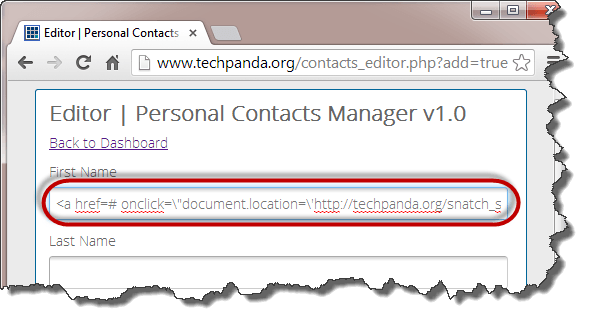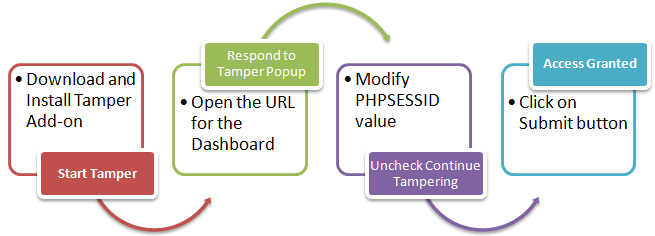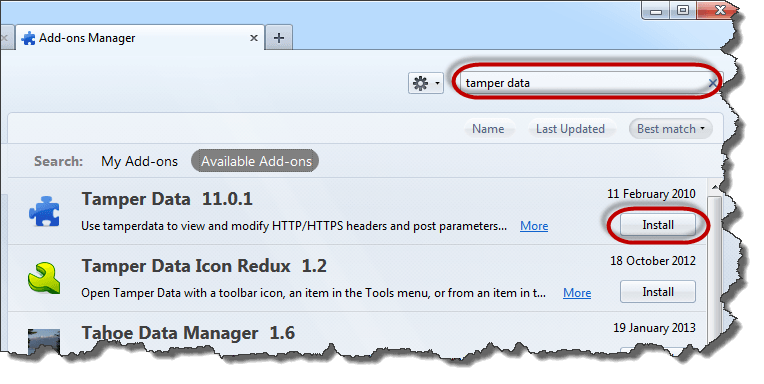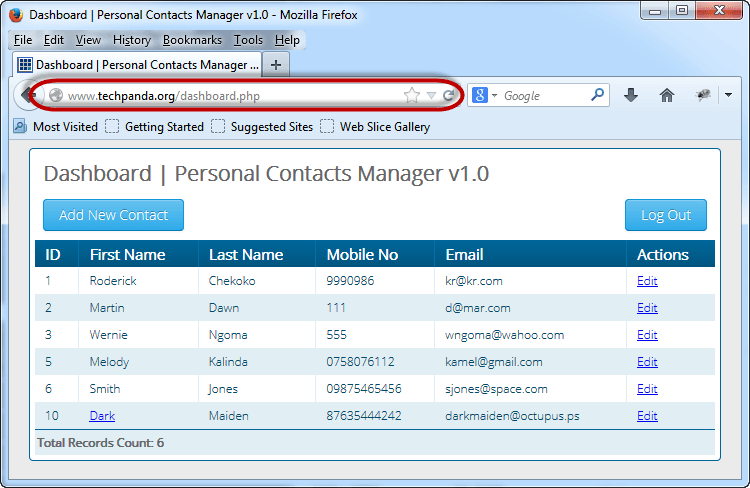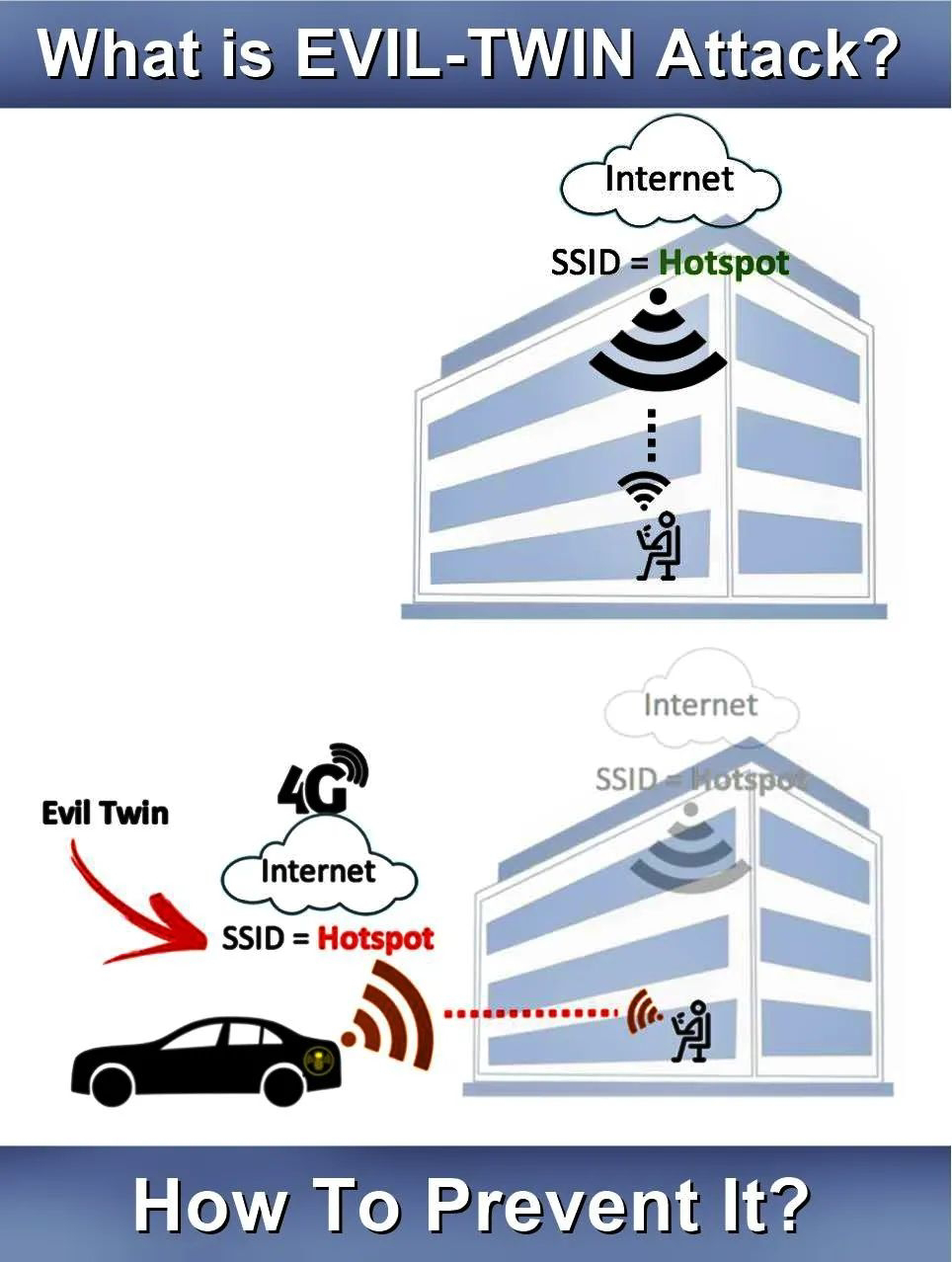Well, the answer is...It depends!
You use a reliable VPN to be sure that you remain safe & secure while you browse the internet. When you don't want to be snooped on by government agencies or other companies, then you use a VPN. When you want to access the websites which have been blocked by your government, then you use VPN. When you don't want your ISP to track your online activities, you use VPN.
**VPN is a great tool, but they come with a caveat. **
Not all VPNs are equal. For example, if you are using a free VPN then you might be compromising your security as well as anonymity.
VPNs are used by individuals and the corporates as well by creating a private browsing session for each user.
Suppose you are travelling to a remote area and you need to connect to your company's network. In that case, you might need to connect to public Wi-Fi first. But such public Wi-Fi may let other users of that network to eavesdropping on what you are trying to do online. You should surely use a VPN in situations like this, because a VPN creates a secure tunnel between your computer/laptop and the VPN server which will hide your all online activities and location too.
Indeed, VPN allows you to protect your online privacy, and prevent your ISP to track your online activities. All VPNs work by connecting your device to VPN server and then bypassing your internet traffic through your VPN service provider's internet connection.
This process successfully hides your browsing information...
The very same process does not let any MiTM attacker to gather or monitor your online activities too.
___
Though Google Chrome offers you 'InCognito' mode. Microsoft Edge, Firefox offer 'Private Browsing' modes. But you should not make a mistake of assuming that these modes are replacement of a VPN.
These modes may not let data from being stored on your local device or computer. These modes may not save your browsing history, for example. But it does not mean that no one can track you. Of course, your ISP can still track you. The vendors whose plugins are working in such modes, may also track your behavior.
On a side note, Opera does have an inbuilt 'VPN' feature.
___
1. Free VPN tools can compromise your security.
You may not realize that if you are using some Free VPN service, then the application you are using to connect with VPN server may not be safe. It is very much possible that such apps may contain malware within themselves. Such malware could also be used by cyber-attackers to steal your data, gain unauthorized access to your data or machine, or launch a malicious attack on your system. In 2016, a paper was published on VPN tools' privacy and security issues for Android devices. ICSI Network and Security Group had found that as many as 283 Android VPN apps contained some form of malware presence. So many of these apps were asking for too many of permissions, quite more than they required.
Same can be true of all sort of VPN applications...You need to be watchful here.
**2. Free VPN tools track your online activity. **
The same study found that 72% of Free VPN services were using third-party tracking tools in their software. It means those third-parties were collecting users information and sell it for money to the highest bidders. The objective was to allow targeted advertising to those users by online-advertisers.
A VPN is supposed to protect your activity while you are browsing the internet. But they were doing the opposite by tracking your online activities.
Some free VPN tools totally hide this information about -- whether they share or sell user data, however others service providers may mention this in their privacy policies. A normal user ironically never tends to read their privacy policies.
3. Free VPN tools limit data usage too.
Let us take an example, that you want to watch a movie from Netflix, but it is not available in your country or region, because of any restriction. VPN would let you do that. But in case of using FREE VPNs, they may place some cap or limitation of the amount of data you can use through their tool. This limitation can be daily or monthly. There may be other types of limitations too.
Thus, if you want to protect your data or mask your location for a considerable length of time, then Free VPNs are not for you.
4. Free VPNs slow down users’ internet speed.
They do. I have seen that even paid VPN services succumbing to slow internet speed many a times. They do slow the internet-speed available to you, because ultimate objective is to push you to buy their paid version of the service.
5. Free VPN tools target users with ads.
These services need revenues to sustain their operations. If they cannot charge in case of FREE VPN, then they use direct advertising to boost their revenues. The ads are served to you, without even your permission. Ads not only slow down the internet speed further, they also can distract you from doing some productive work.
The presence of ads on a free VPN service is by default a privacy concern because it is likely the provider is sharing your online activity with third-party services.
___
Different vendors have different parameters for delivering security to you.
If a VPN provider is ensuring your online privacy, providing transparent privacy policies, fixing data-leaks, and not tracking its users, then you can say that it is a 'safe' VPN.
The whole idea of VPN is to hide your IP address or disguise it. But sometimes, there can be some software bugs or coding errors, that may generate flows which may result in leaking your IP address or location. That's why, when you check online review of customers on internet, you should look for any history of IP-address leakage. If it was there, when it happened, how, or how it was stopped.
There should be ZERO Logging by VPN. They should not collect or log any data you or other users are sharing on such networks. They should not log any log-in credentials, files you have downloaded, website you visited, or your search queries. It is essential to maintain your anonymity. You don't want your VPN tools to have any ability to record or store such information even on your computer. If it does, then a malicious attacker can compromise the application and take out all the information, before it is purged.
You should activate the Multi-factor Authentication (MFA) feature of these VPN applications. This extra security feature is mandatory in modern times of cyber-crimes.
When a malfunction happens, your device using the VPN typically goes back to using its default internet connection. This happens automatically. Worse, this also usually happens without you being aware and your IP address gets leaked with a few seconds.
That's why, you should surely check that your VPN application has a VPN Kill-switch. This feature is important because it will result in automatic exit of specific programs that were using VPN internet connect. This feature comes very handy, when your VPN connection drops due to any reason. Most VPN services include one as part of the client application. When it detects a problem, the kill switch triggers and stop all of your device’s traffic from reaching the internet. It effectively kills your connection.
A VPN from a reliable & trustworthy service-provider should encrypt your data and online browsing history to shield them from hackers and ISPs.
Paid-versions of VPNs usually include ad-blocking tools, as well as features like malware protection and unlimited bandwidth, which keep your data secure.







